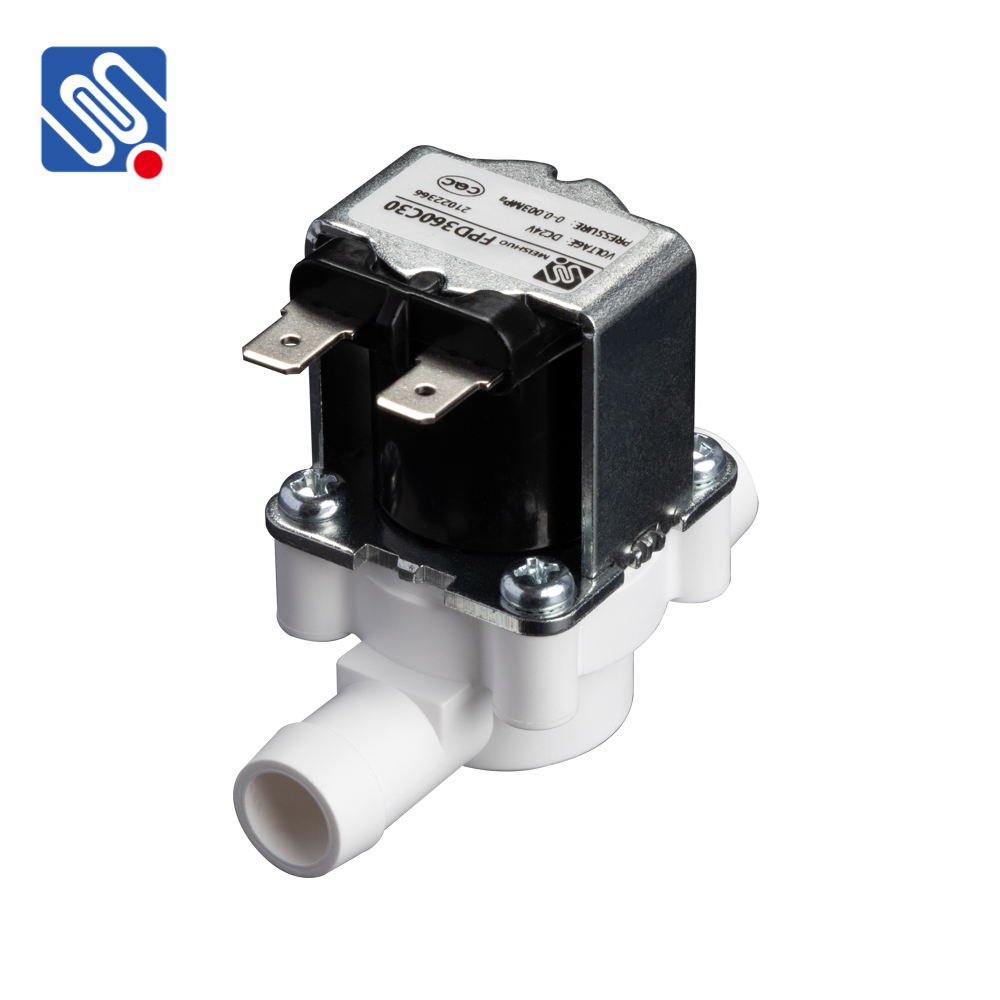Low Voltage Solenoid Valves are critical components in the automation and control of fluid systems, efficiently regulating the flow of liquids and gases in various applications. These valves operate using electromagnetic principles, allowing for swift action, versatile functionality, and enhanced safety, especially in environments where standard voltage may pose risks. This article delves into the working principles, features, benefits, and applications of Low Voltage Solenoid Valves.

Working Principle The basic design of a Low Voltage Solenoid Valve consists of two primary parts: the solenoid coil and the valve body. When a low voltage electric current (typically 24V or lower) flows through the solenoid coil, an electromagnetic field is generated. This magnetic field attracts a movable component within the valve, such as a diaphragm or plunger, thus changing the position of the valve. Open and Close Mechanism: Depending on the valve’s configuration, the flow path can be opened or closed when the solenoid is energized or de-energized. For instance, in normally closed valves, the valve remains shut when the electrical current is off and opens when the current is applied. Conversely, in normally open valves, the flow path remains open until the current triggers the closing mechanism.